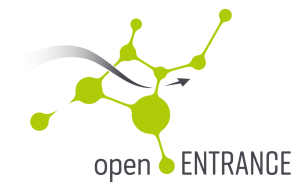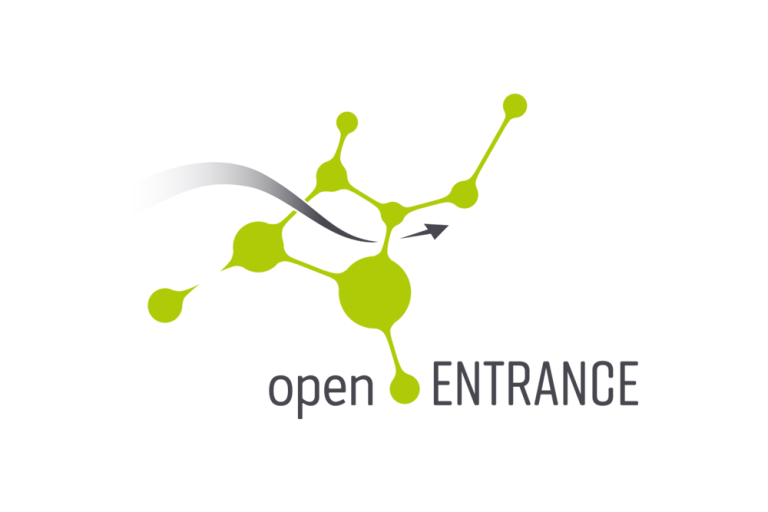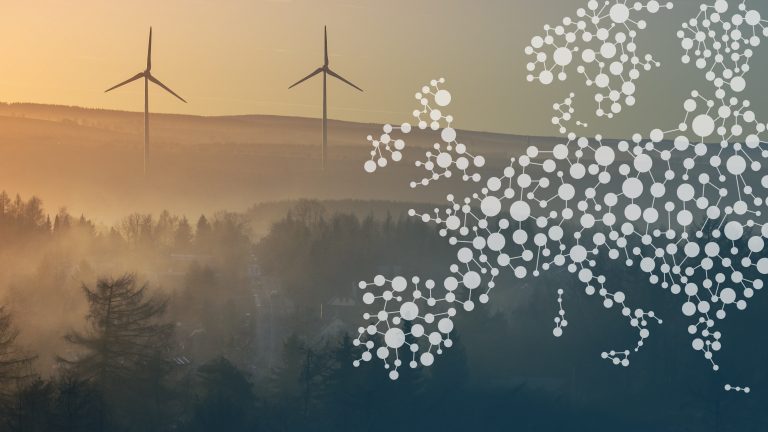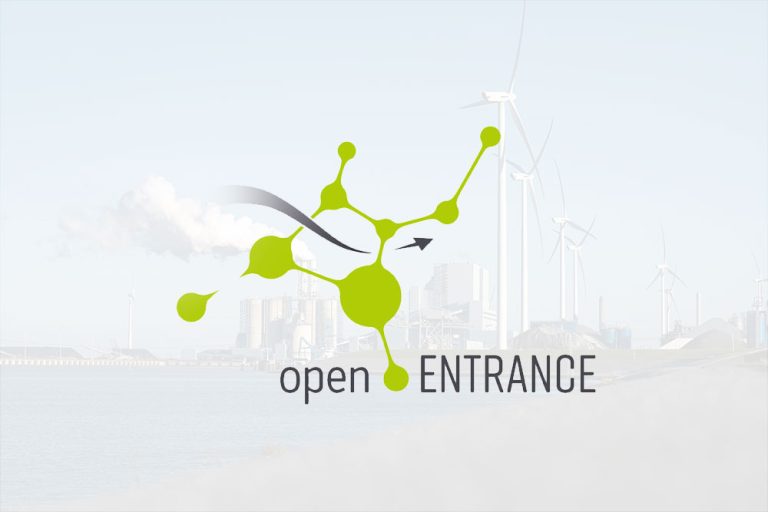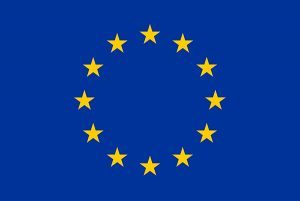This report takes us a step closer to recognising our project’s ambition to develop, use and disseminate an open, transparent, and integrated modelling platform for assessing low-carbon transition pathways of the European energy system. Here, our team describes the interaction needed between models being used on the openENTRANCE project, to create an integrated modelling platform. These interactions, are achieved through formalised descriptions of openENTRANCE partners actions will perform with their modelling tools on the database to implement our case studies.
This is a very significant step in making our models and tools open and transparent. By enabling data sharing between models in a consistent and standardised manner, we will see mutual benefits to each research area.
Our project categorises the suite of energy modelling tools by which element of energy systems they are analysing and then links this suit of energy modelling tools together.
- Energy System Models
- Electricity Sector
- Pan-European and National Models vs Local Models
- Macro-economic models.
openENTRANCE is creating links between these suits of models, so that the modelling tools can exchange information among them. This report also sets out the analyses to take place within the Case Studies as well as information exchange between the models that have been used in these Case Studies.
